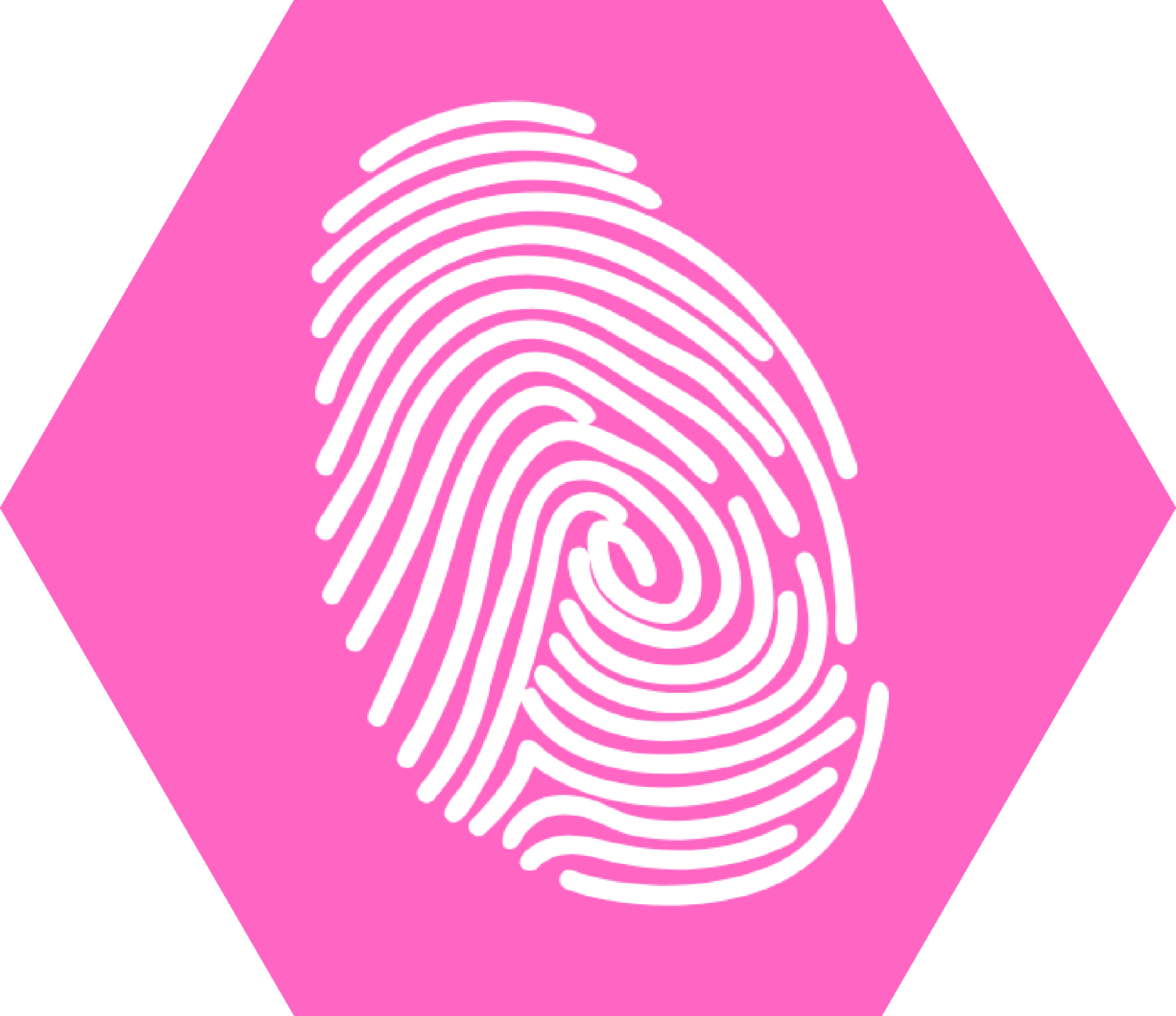“Nobody’s Home” – Communalising Conflict (and Resolution) - Ailin Conant
In 2019 and early 2020, when theatre was still allowed, I had the enormous privilege to spend 6 months in Derry working with the Playhouse on a commissioned play featuring an incredible group of First Responders who worked through the Northern Irish troubles. This production was the most recent in a decade-plus meditation on post-conflict theatre, a personal obsession that has my poor mother in sleepy Santa Cruz, California wringing her hands with each new stated destination. She did approve of Derry more than most of the others because, according to YouTube, she said, it seemed like things had “mostly calmed down there.” I’ve been asked what motivated me to start doing this work, and the truth is it began incidentally. In 2009 I was approached by my colleagues Will and Dorie to direct their two-person adaptation of The Odyssey. The story had been chosen before any consideration of contemporary resonance or current themes, and it was only when we began our research and development that we began to draw links between the near-daily newspaper headlines that were coming out at that time about American Iraq- and Afghanistan-war veterans returning to the United States with alarming rates of Post-Traumatic Stress Disorder (PTSD). Odysseus’ 10-year fight to get home after war was easily mapped on to the story of a contemporary soldier battling ‘monsters’ in his mind in an effort to reconnect with his wife and son. In an allusion to both the name Odysseus gives himself when tricking the Cyclops and the accounts of war wives who no longer recognised their returned husbands, we named the play, “Nobody’s Home”.
As we developed the piece, we consulted with veterans in the United States, and later in the UK. Quite early on we discovered there was something powerful about approaching these men with a piece that addressed their contemporary experience but was built—albeit quite loosely—around the structure of an epic story that is nearly 3,000 years old. On the one hand, as storytellers, we found a creative playfulness in the premise that we were staging Homer’s epic and not our own. On the other hand, for audiences, the myth of The Odyssey brought with it a sense of gravitas and connection to a timeless human story. Bryan Doerries, an American writer and translator who has toured readings of scenes from Sophocles’ Ajax—a play about a soldier who goes on a violent rampage and then commits suicide—to military bases across the states, ends each of his readings with the message: “If you’re feeling these things, you’re not alone. Not only are you not alone in this room, you’re also not alone across time” (Doerries, 2015).
Jonathan Shay, a long-time Veterans Affairs psychiatrist and author of Odysseus in America and Achilles in Vietnam, has spent much of his career building a theoretical foundation that supports the work of companies like mine and Doerries’, pointing out the many parallels that can be drawn between ancient myths and the modern experience of post-war combat. There is a rich and lively debate in the field of psychiatry around the symptomology of PTSD, the evolution of human response to combat trauma through history, and whether (as Shay and Doerries assert) “PTSD is from BC” (Doerries, 2015) or whether it is a completely new set of symptoms that cannot be linked to the psychologies of ancient Greeks and Romans. Of course, no one can say with any authority what the Greeks and Romans were thinking (or processing) when they created their stories. What I can say, though, is that their ancient stories carried profound meaning for the soldiers who we presented them to—as did the idea that there was something somehow universal about the isolating and lonely experience of post-war stress.
As Shay states with conviction in Odysseus in America (2003):
Whether recovery occurs spontaneously or in a defined treatment setting, recovery only happens in community. We are habituated to the assumption that injuries or illnesses can only be treated one on one in a professional’s office. I shall explain below that two people (no matter how well-trained, well-meaning, and caring one of them is) are not a community. I believe this one-on-one assumption is responsible for how frequently we have failed in the treatment of severe psychological injury.
If this is true, myths and stories serve the enormously important function of providing a bridge—not just between different individuals but also between different cultures, societies, and even time periods—to carry and transmit essential truths about human experiences in order to communalise traumatic experience in a step towards collective recovery. They are shared maps for managing fracture, conflicted struggle, and ultimately resolution. Sometimes I go so far as to wonder whether this is, in fact, the main function of myth and story. Every actor-in-training, at some point, has been sternly instructed that “Drama is Conflict”. Isn’t it natural then that a young artist from peaceful surfing town, raised on canon of classics steeped in bloody conflict, would find herself in Derry, Northern Ireland, working with a group of retired First Responders to unpack the most violent and conflicted time in their own history?
AILIN CONANT
Ailin Conant is a Japanese-American theatre director and founder of UK based Theatre Témoin
For more information about Ailin Conant and her work, visit:
For more information about The Playhouse Theatre and Peacebuilding Academy
https://www.derryplayhouse.co.uk/content/theatre-peace-building-academy/82


